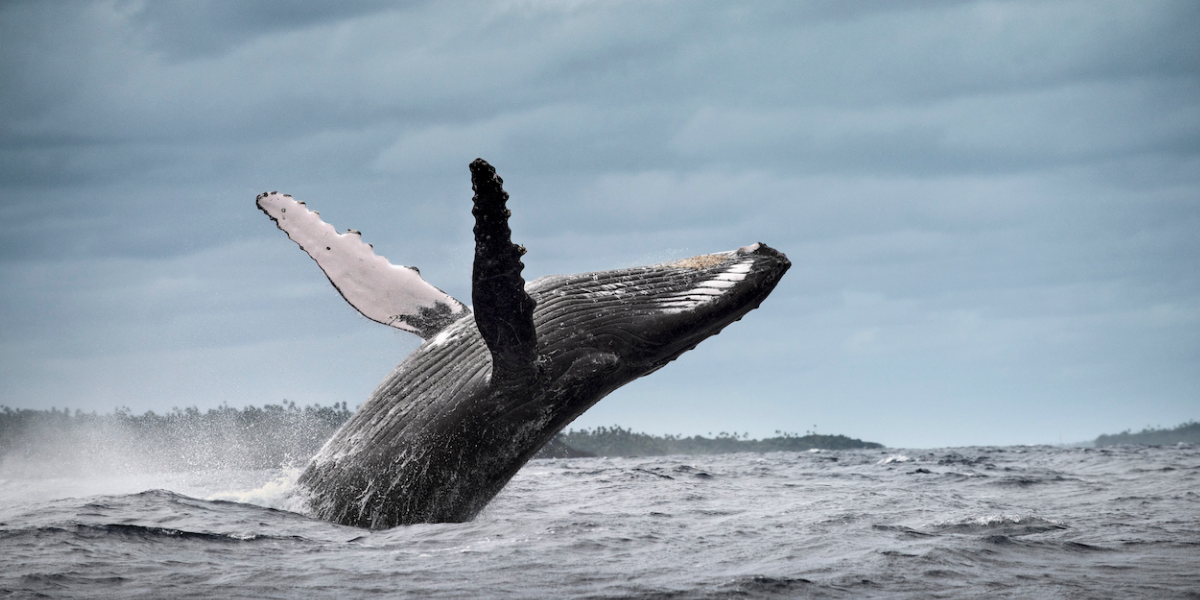Esta entrada también está disponible en: ES (Spanish)
These are the consequences that global warming has on humpback whales and the reason for the 20% decrease in population over the last 10 years.
A recent study on the population of humpback whales in the North Pacific reveals a decrease of 20% in less than a decade, according to the results published in the journal Royal Society Open Science (RSOS).
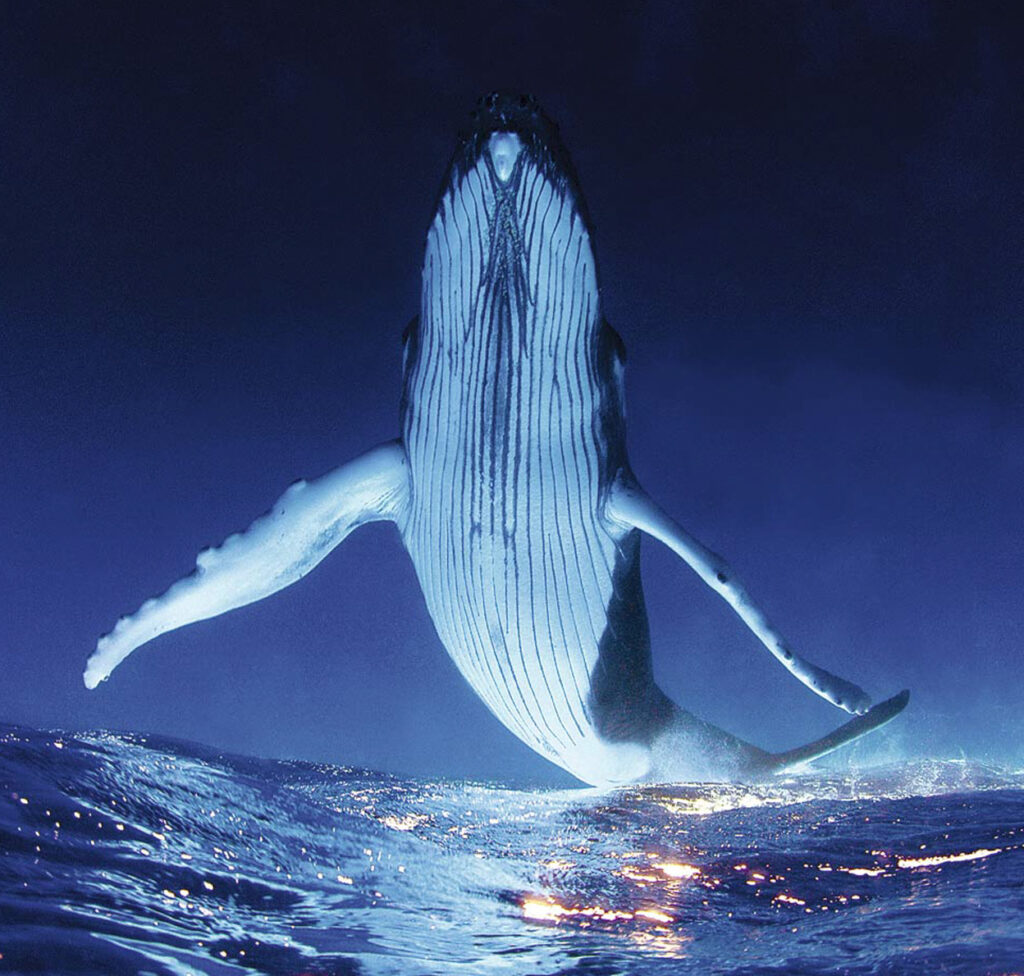
This decline, which places the population at just over 26,600 individuals compared to the previously recorded 33,000, raises questions about the impact of global warming on these marine mammals.
The study involved a team of 75 scientists over a period of nine years, from 2012 to 2021, using the most advanced photographic identification techniques to date.
Ted Cheesman, a whale biologist from the Southern Cross University in Australia and the lead author of the study, revealed that around 7,000 humpback whales died of starvation during this period.
More on the topic
Marine heatwaves
The North Pacific region experienced a notable marine heatwave between 2014 and 2016, with temperatures elevated by 3 to 6 degrees Celsius. This phenomenon, according to Cheeseman, significantly altered marine ecosystems and affected the food chain of whales.
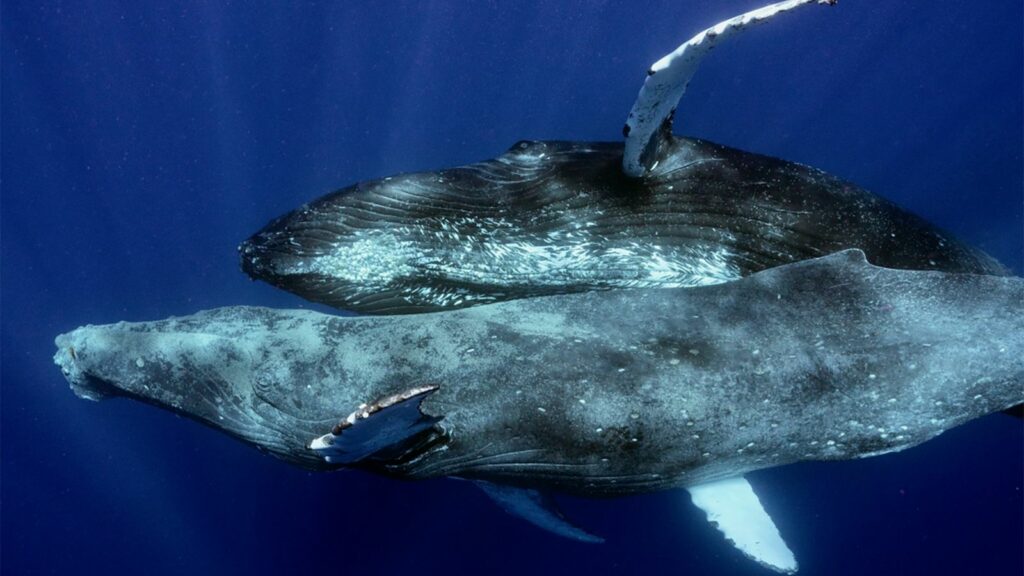
“It’s not just the feeding of the whales that has decreased,” Cheeseman explained, also pointing out the decrease in populations of other marine species such as puffins, sea lions, and seals.
Humpback whales, while not currently threatened with extinction, face various challenges such as noise pollution and maritime traffic.
The population of humpback whales may not recover
The 20% decrease in the last decade, especially noticeable in the whales that hibernate in Hawaii with a 34% decline, raises doubts about the recovery of the species.
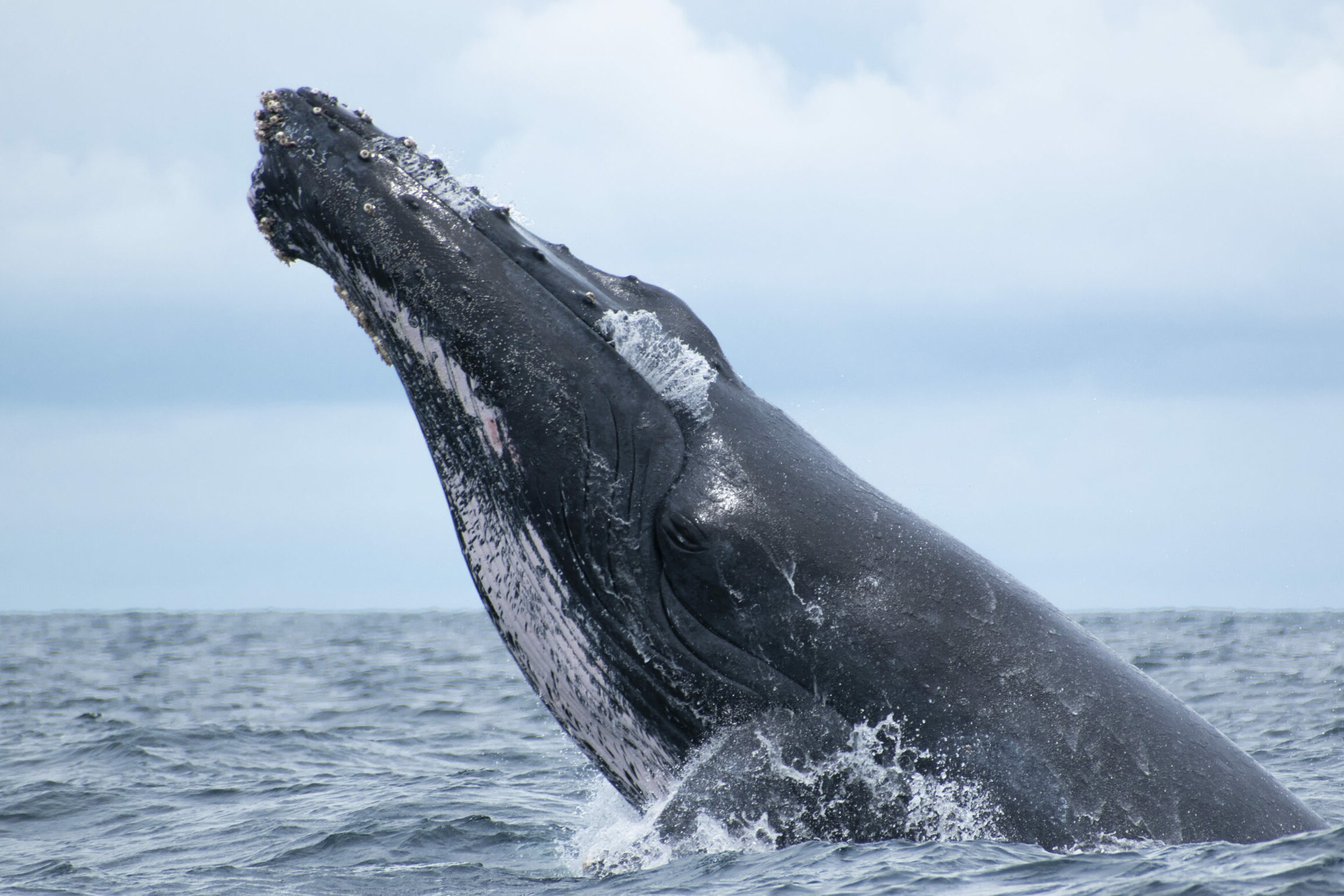
The warming of the waters, evidenced by the marine heatwave, has generated more serious consequences than anticipated, affecting not only the whales but the entire marine ecosystem.
The reduction in phytoplankton, the foundation of the oceanic food chain, has contributed to food scarcity, leading to a significant loss in the population of humpback whales.
Climate change threatens humpback whales
This decrease in humpback whales adds to the growing threat of climate change on humpback whales, according to an additional study published in Frontiers in Marine Science.
Despite the notable recovery of this species after decades of excessive hunting, the warming of the seas could force them to abandon their traditional breeding areas.
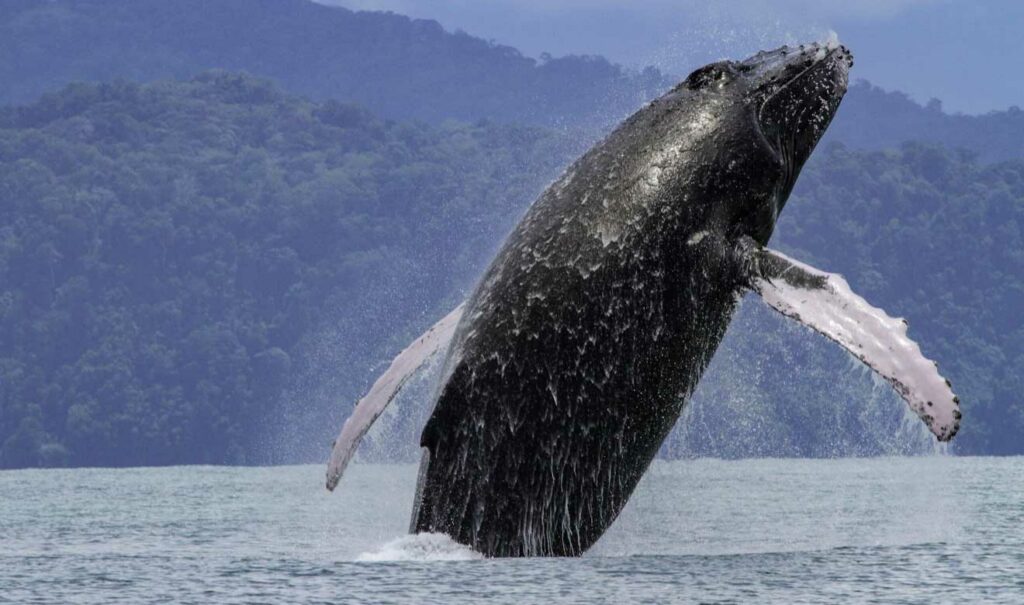
Humpback whales have experienced a resurgence in their populations in various regions of the world. However, the projected increase in sea surface temperature threatens to radically change their breeding habitat.
The study highlights that 36% of breeding areas in the northern hemisphere and 38% in the southern hemisphere could experience temperatures exceeding 28°C by the end of the century, significantly affecting the species.
Whales could change breeding areas
The lack of knowledge about the precise reasons for the choice of breeding areas makes it difficult to predict the exact impact of their displacement.
While the possibility of whales selecting new areas for breeding theoretically exists, scientists warn about the lack of alternative habitats, especially in places like Hawaii, where nearby land masses are distant and limited.

The 20% decline in the humpback whale population and the additional threats stemming from climate change pose an uncertain future for these marine creatures.
The protection of their habitat and the implementation of measures to mitigate climate change become crucial to ensure the survival and recovery of humpback whales in the years to come.
Do you think the humpback whale population will recover?
Sources: DW, National Geographic, Debate






